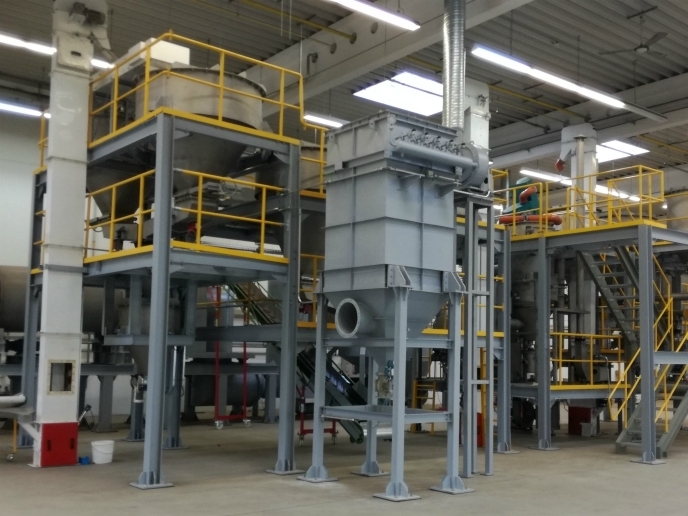Large-scale production of nano-patterned products
Conventional lithography creates patterns with photons or electrons that modify the chemical or physical properties of a substrate. Nanoimprint lithography (NIL) exploits mechanical deformation and thus overcomes the resolution limitations imposed by light diffraction or beam scattering. EU funding of the project 'Nanopatterning, production and applications based on nanoimprinting lithography' (NAPANIL) supported the high-throughput manufacture of nanoimprinted products for several applications. Scientists focused on light-manipulating devices and investigated future applications in sensors and biomedicine. The consortium also developed novel materials and processes together with simulation software dedicated to NIL. These tools enabled scientists to validate for the first time an entire value production chain for NIL. Investigators produced 1 000 pieces of diffractive optical backlight elements for controlled-intensity lighting. These could be used in liquid crystal display (LCD) televisions, automobile dashboards, wristwatches and keyboard lighting. Researchers also produced a flexible emissive head-up display (HUD) with a transparent data display screen that drivers can see while watching the road. Finally, the consortium demonstrated a day-lighting effect (control and manipulation of sunlight) on a window pane as a result of NIL. Researchers contributed 38 peer-reviewed publications to the field. In addition, successful completion of the project led to 31 press releases and flyers, 13 patents and 21 exploitable results in various stages of commercialisation. NAPANIL demonstrated low-cost, high-throughput, high-resolution creation of 3D patterns in polymer substrates capable of manipulating light for important industrial applications. The large-scale manufacturing solution for small-scale 3D patterns is certain to have major impact on the competitiveness of the EU in many economic sectors.







